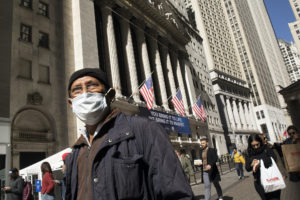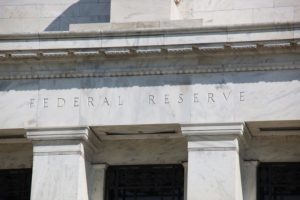Wrongful Foreclosure Settlement Not Enough, New York Times Says
The editors at The New York Times are not impressed with the deal struck between the government and major banks to provide borrowers with $8.5 billion in aid.
The editors at The New York Times are not impressed with the deal struck between the government and major banks to provide borrowers with $8.5 billion in aid.
After “widespread evidence of illegal foreclosure practices” after the 2008 crisis hit the news, federal regulators in 2011 told the big banks to investigate themselves. They were allowed to hire their own consultants to review foreclosures that affected up to 3.8 million people in 2009 and 2010, and were trusted to reimburse affected borrowers “as appropriate.” Everyone swore the reviews would do the job, and the banks were left to determine who had been wronged and how.
As any skeptic familiar with the financial industry’s history of using any means available to protect itself would suspect, the banks’ consultants found little wrongdoing. And now regulators “will let the banks off with a wrist slap for their failure to execute credible and effective reviews.”
This week, the Federal Reserve and Office of the Comptroller of the Currency announced banks would be forced to make $8.5 billion available to borrowers. From that amount, $3.3 billion will go to people who lost their homes and $5.2 billion will go to modify loans for borrowers who are currently at risk of foreclosure.
Regulators said they ended the reviews to provide homeowners with relief “in a more timely manner.” The New York Times calls nonsense, writing, “If it’s timely relief they wanted, they would not have instituted the deeply flawed review process in the first place, nor would they have let the sham reviews drag on for more than a year.” What’s more, the size of the settlement is “inadequate.”
— Posted by Alexander Reed Kelly.
Your support matters…The New York Times:
Since there are no reliable analyses to identify wronged borrowers — which was the ostensible purpose of the self-reviews — there is also no clear way to apportion the $3.3 billion among 3.8 million borrowers covered by the settlement. Some borrowers may get big sums while others get nothing, or millions could receive token payments. But given the extent of foreclosure abuses and the amount of money available, the individual reimbursements will be paltry compared with the harm of losing one’s home in an abusive process. If, say, half of the potentially eligible borrowers received a payment, each would get roughly $1,700 on average.
The $5.2 billion in antiforeclosure aid is potentially even more problematic. Details are not yet available, but, presumably, a bank will receive credit toward its obligation for various forms of assistance — say, a dollar’s worth of credit for every dollar by which it reduces the balance on an underwater loan or a lesser amount for every dollar of payment it postpones for unemployed borrowers. A similar formula, currently being used to enforce a separate mortgage settlement struck between banks and government officials in 2012, has yielded troubling preliminary results. It appears, for instance, that much of the aid is going to higher-income borrowers, even though the housing bust disproportionately hurt low-income communities.
For the new settlement to have any credibility, regulators must appoint an independent monitor with full authority to oversee, analyze and publicly report on the deal’s enforcement.
Independent journalism is under threat and overshadowed by heavily funded mainstream media.
You can help level the playing field. Become a member.
Your tax-deductible contribution keeps us digging beneath the headlines to give you thought-provoking, investigative reporting and analysis that unearths what's really happening- without compromise.
Give today to support our courageous, independent journalists.






You need to be a supporter to comment.
There are currently no responses to this article.
Be the first to respond.